There is, in my experience at least, one moment in every great movie where it swings from entertaining or engrossing to something that lasts forever.
In The Magnificent Seven, it comes early, as Yul Brynner’s Chris Adams and Steve McQueen’s Vin Tanner volunteer to drive a hearse to carry a passenger to Boot Hill who is now forbidden burial there by the newly “civilized” townsfolk. That ride lets the audience know that this isn’t going to be just another oater. In Dr. Strangelove, it comes toward the beginning, too, as Peter Sellers’ Group Captain Lionel Mandrake is told that if his bid to avert a nuclear holocaust fails, “You’ll have to answer to the Coca-Cola company.” In The Shawshank Redemption it is when Tim Robbins’ Andy Dufresne takes over the prison PA system with the duettino from the Marriage of Figaro.
Not that these necessarily wouldn’t have been great movies without these particular scenes, but these are the kinds of moments that encapsulate the message of the movie—courage in the face of cruelty, the absurdity of an orderly apocalypse, that hope is a thing with fighting for, etc.—and swing the viewer into the right emotional place to make other parts of the movie bearable that are too corny, ugly, violent or weird.
Fantasy and science fiction movies demand lots of “suspension of disbelief” to not get hung up on how many dilithium crystals it takes to go to the wookies’ home planet. Great movies have meanings beyond the action on the screen. So they require a kind of suspension of emotional disbelief in which we open ourselves up to the suggestions of the filmmakers that we would in real life see as manipulative. Those hinge scenes smoothly swing us into the right emotional space to put the rest of the picture in the frame.
As we mark the 30th anniversary of the release of Unforgiven, one of the greatest pictures of them all, I am reminded of how long it makes its audience wait for the hinge. It is not until the next-to-last scene that we are really told why we are here, in the saloon below a whorehouse on the eastern front of Wyoming in 1880, watching a stone-cold killer who had renounced his trade for a decade return to it with ruthless efficiency.
Of all the characters we have met, only a few are truly sympathetic, and one of those, the prostitute whose slashing by a humilated cowboy is the first in a series of tragic events, barely says a word in the entire movie. The only real good guy we have met is Morgan Freeman’s Ned Logan, and he’s dead already. Indeed, it was his murder that brought us here on a stormy night.
For 90 minutes director and lead actor Clint Eastwood has repeatedly yanked away moral clarity from our grasping hands. The avenging prostitutes are heroines until we see that they care more about revenge than the suffering of their friend. The sheriff, Gene Hackman’s “Little” Bill Daggett, is a coolly competent straight shooter in the Wyatt Earp mode until we see all his vanity and sadism. But most of all, Eastwood’s William Munny evades our search for a moral center—the pin on which the hinge can turn.
I don’t know whether Eastwood, who was 61 when he made the movie, imagined Munny’s story as the epilogue for Eastwood’s character from Sergio Leone’s spaghetti westerns. He did dedicate the movie to Leone, but then again he also dedicated it to Don Segal, who directed Eastwood in Dirty Harry and Escape From Alcatraz. Plus, I kind of like to think that Preacher, Eastwood’s avenging angel character in Pale Rider was how “the man with no name” from A Fistful of Dollars ended up.
Eastwood’s other gunslingers may have been cold-blooded, but they weren’t cruel like the man Munny describes himself to have been before he met his wife, gave up whiskey and settled down. The young Munny is said to have been a robber and a thief who killed indiscriminately, even for his amusement. He sounds like a pestilence, not a drifter pulled into drama on the high plains.
But Unforgiven certainly isn’t the story of how a thuggish brute mends his ways. It’s the opposite. We meet Munny already reformed and, while failing as a hog farmer, succeeding in living and raising his children in the way his dear departed wife would have wanted. Eastwood, though, doesn’t even give us the simple narrative of a man who falls back into his bad ways and faces the consequences. Munny doesn’t fall all the way back, and even shows self-awareness amid his lapse.
It is a testament to Eastwood’s filmmaking and the acting of the supporting cast, especially by Hackman, that a movie could persist so long in moral ambiguity without becoming boring. It’s not hard to make a morally complex movie, but it’s very hard to make one that people enjoy watching. Unless there is a point—a place to hang that hinge—it’s hard to keep anyone’s attention. Eastwood & Co. more than manage to paint in shades of gray for a remarkably long time.
And then, when he swings that hinge, it’s a doozy.
Munny has come to that whorehouse saloon to punish Little Bob for the murder of Ned and the desecration of Ned’s body. In a blinding flash of brutality, Munny has stripped away all the bravado of the goons who were exulting in his friend’s death and left Little Bill dying on the floor.
As Munny stands over him pointing Ned’s rifle at the sheriff’s head, Little Bill doesn’t exactly plead as much as he protests: “I don’t deserve this, to die like this,” he says. “I was building a house,” he adds, almost incredulously—amazed that the things he believed would protect him had failed.
And then Munny tells him and the audience the truth, and sets the hinge: “Deserve’s got nothing to do with it.”
Munny didn’t deserve the love of the woman whose faith saved him. Ned didn’t deserve to be whipped to death and have his corpse propped up on a brothel’s porch. And maybe Hackman didn’t deserve to die that way, but that’s how life is. All we can do is the best we can to fulfill the roles God or the universe or however you understand fate have laid out for us. And on that night, Munny’s job was that of an avenging angel. Life is not fair, so we had better learn to live in the world as it is, not as we would like it to be. Or as I tell my sons, “God made you to be somebody. Go be it.”
Thirty years later, Unforgiven is better and clearer than it was when it was new. It has aged even better than its creator.
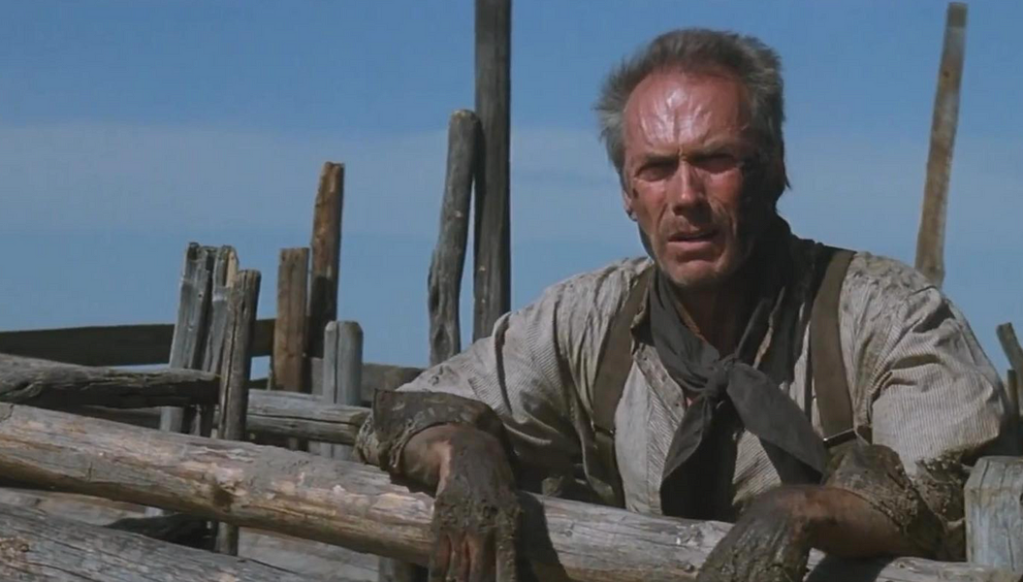
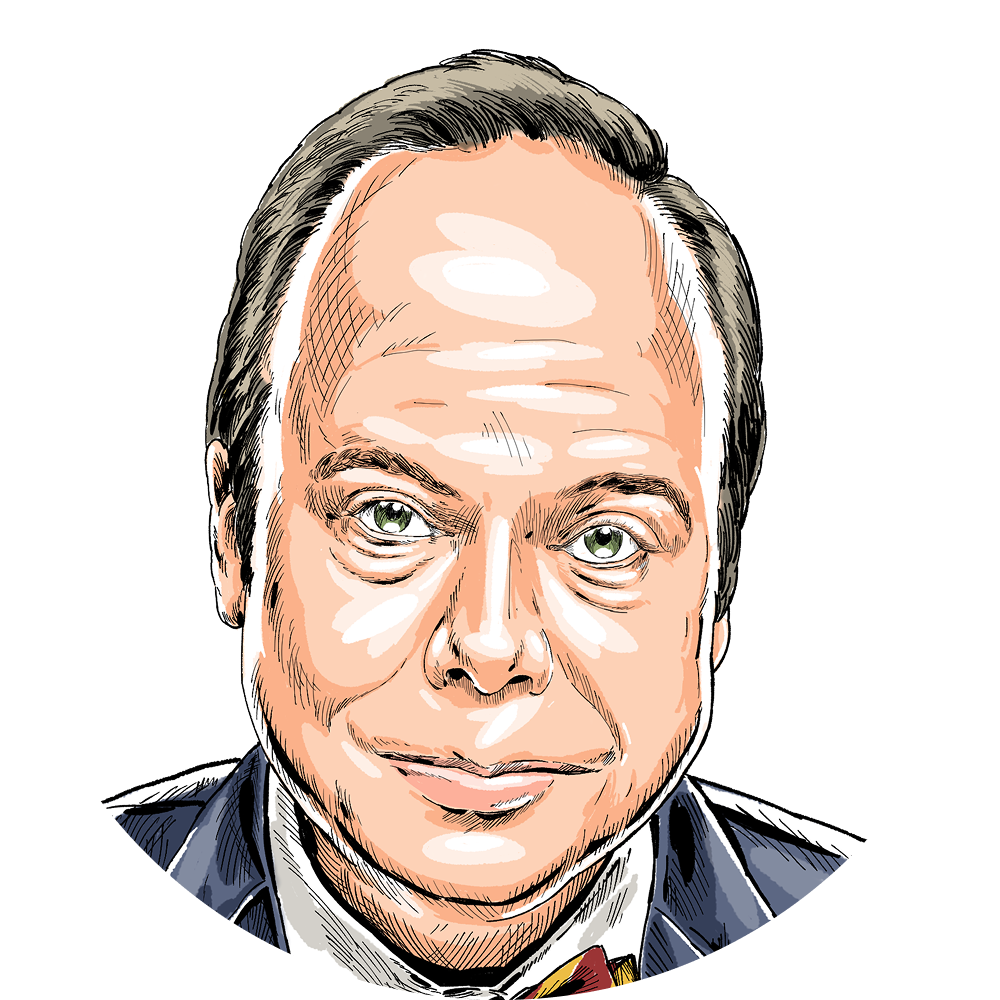
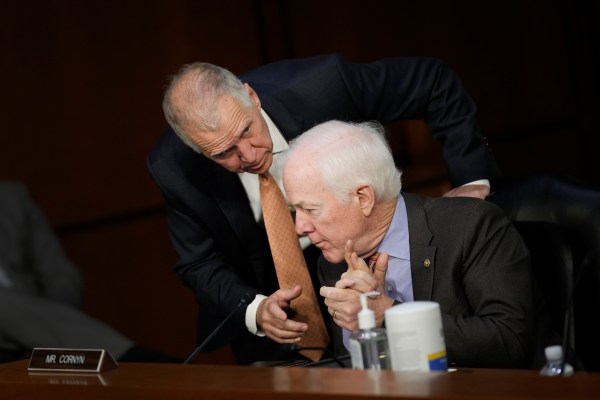

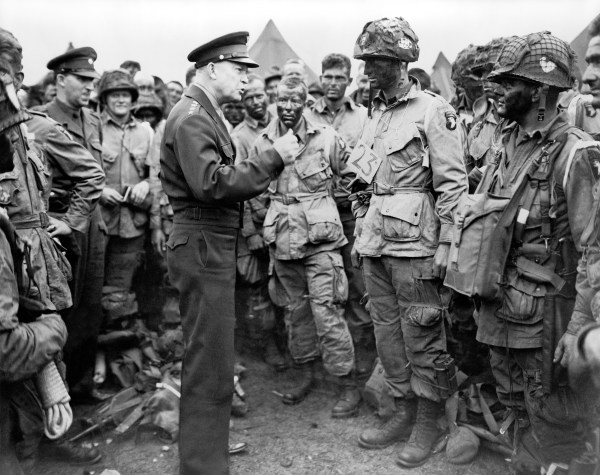
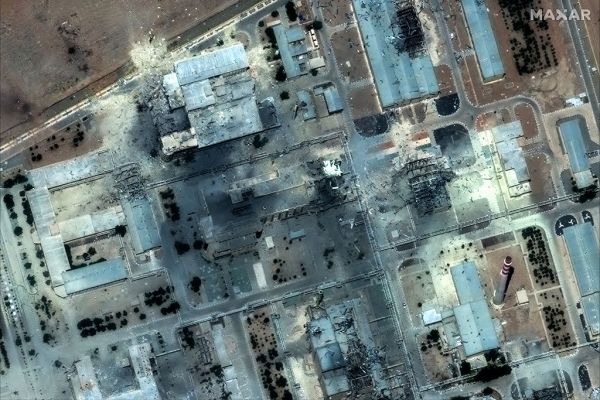

Please note that we at The Dispatch hold ourselves, our work, and our commenters to a higher standard than other places on the internet. We welcome comments that foster genuine debate or discussion—including comments critical of us or our work—but responses that include ad hominem attacks on fellow Dispatch members or are intended to stoke fear and anger may be moderated.
With your membership, you only have the ability to comment on The Morning Dispatch articles. Consider upgrading to join the conversation everywhere.